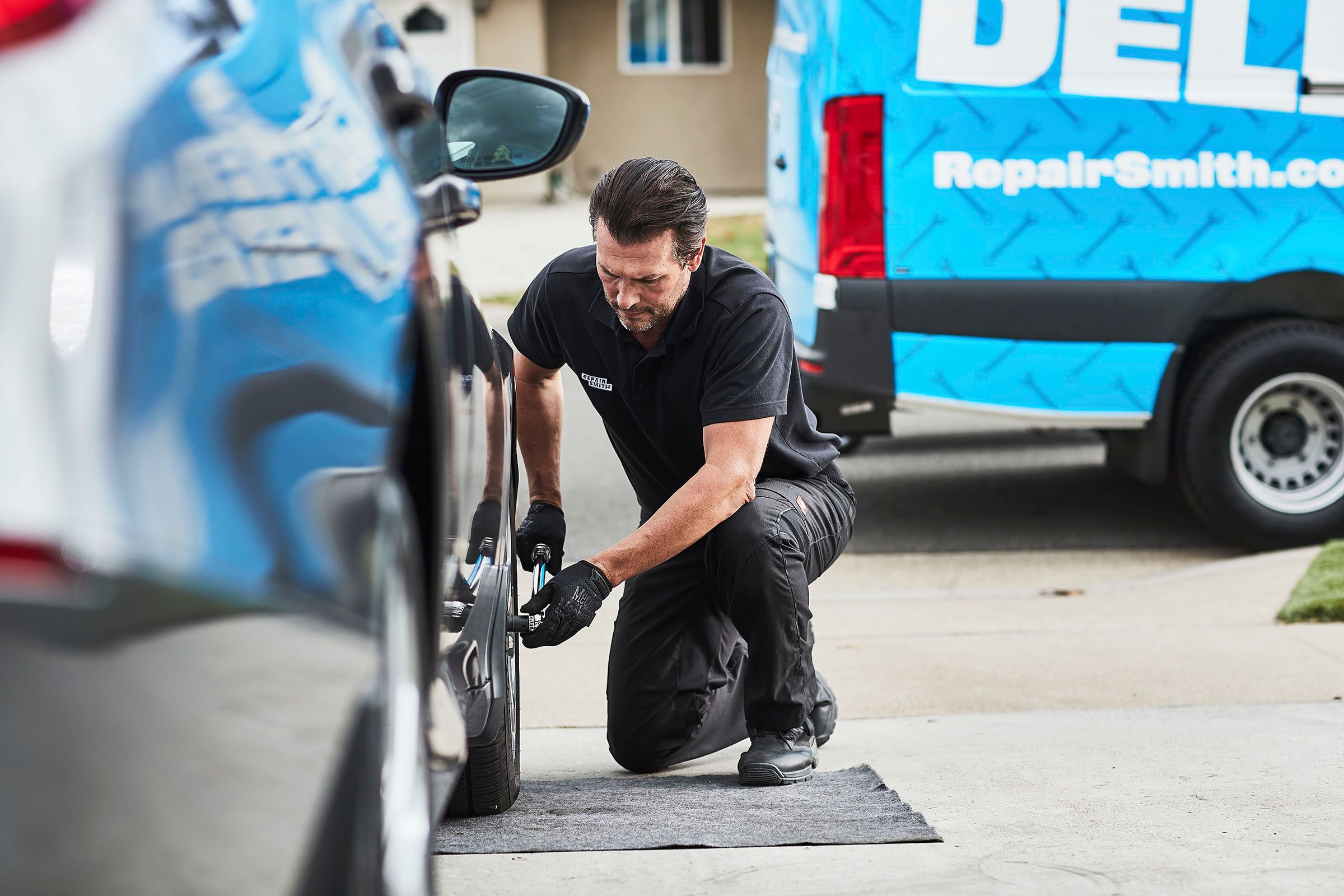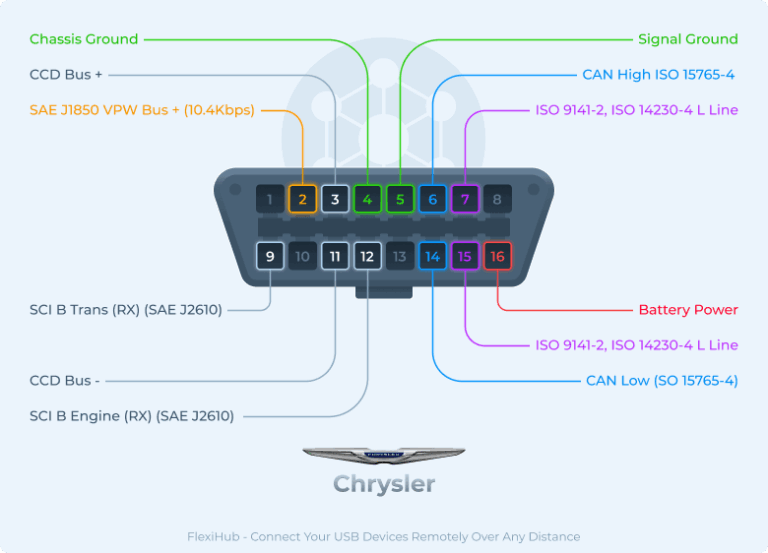Unreliable Car Brands: Navigating the Minefield of Automotive Ownership
Unreliable Car Brands: Navigating the Minefield of Automotive Ownership cars.truckstrend.com
In the vast landscape of the automotive industry, where sleek designs and cutting-edge technology vie for consumer attention, one factor often overshadows all others for potential buyers: reliability. An unreliable car brand is more than just a minor inconvenience; it can become a financial black hole, a source of endless frustration, and even a safety concern. This comprehensive guide will delve into what constitutes an unreliable car brand, the hidden costs involved, and how consumers can arm themselves with the knowledge to make informed decisions and avoid common pitfalls. Understanding reliability is paramount, as it directly impacts your wallet, your peace of mind, and your daily commute.
Understanding Car Reliability: More Than Just Breakdowns
Unreliable Car Brands: Navigating the Minefield of Automotive Ownership
At its core, car reliability refers to the likelihood that a vehicle will operate without requiring significant repairs or experiencing defects over a specified period. However, the concept is nuanced and encompasses more than just whether a car breaks down. A truly reliable vehicle offers:
- Infrequent Repairs: It doesn’t need to visit the mechanic often for unexpected issues.
- Low Cost of Ownership: When repairs are needed, they are minor and inexpensive.
- Durability of Components: Parts last for their expected lifespan, or even longer.
- Consistent Performance: Systems (engine, transmission, electronics) operate as intended without glitches or failures.
- High Owner Satisfaction: Owners generally report a positive experience free from chronic problems.

Conversely, an unreliable car brand typically exhibits the opposite traits. This can manifest as:
- Frequent, Unexpected Breakdowns: Leading to recurring garage visits.
- High Repair Costs: Often due to expensive parts, complex diagnostics, or specialized labor.
- Premature Component Failure: Parts wearing out well before their time, such as transmissions, engine components, or electronic modules.
- Chronic Issues: Recurring problems that are difficult to diagnose or fix permanently, often leading to multiple attempts at repair.
- Poor Build Quality: Evidenced by rattles, squeaks, premature wear of interior materials, or inconsistent panel gaps.

It’s crucial to distinguish between a single "lemon" vehicle (an individual car with manufacturing defects) and a brand or model line known for systemic unreliability. While any car can be a lemon, an unreliable brand consistently produces vehicles with higher rates of issues across its lineup or specific models.
Common Traits and Contributing Factors of Unreliable Car Brands

Certain patterns emerge when examining brands that struggle with reliability. These are often rooted in a combination of design, manufacturing, and strategic choices:
1. Overly Complex or Untested Technology
The automotive industry is in a race for innovation, but sometimes, new technologies (e.g., dual-clutch transmissions, complex infotainment systems, advanced driver-assistance features) are rushed to market without sufficient real-world testing. These cutting-edge features can become a source of frequent, expensive, and difficult-to-diagnose problems.
2. Inconsistent Quality Control
A brand’s commitment to quality control throughout its supply chain and manufacturing process directly impacts reliability. Brands that cut corners on component sourcing, assembly line scrutiny, or final vehicle inspection are more likely to produce unreliable vehicles. This can lead to issues ranging from minor fit-and-finish problems to critical mechanical failures.
3. Poor Material Selection and Durability
Some manufacturers opt for cheaper materials or components that are not designed to withstand the rigors of long-term use. This can result in premature wear of suspension parts, electrical wiring, plastic components in the engine bay, or interior trim, leading to early failures and repairs.
4. Design Flaws and Engineering Oversights
Fundamental design flaws can plague an entire model line, leading to recurring issues that are costly to fix. Examples include engine designs prone to oil consumption, transmissions with inherent weaknesses, or electrical systems with known vulnerabilities. These are often discovered after the vehicle has been on the market for some time.
5. High Pressure for Rapid Model Cycles
In a competitive market, there’s pressure to frequently update models or introduce new ones. This can sometimes mean less time for thorough testing and refinement, increasing the likelihood of issues in newer generations of vehicles.
6. Specific Problem Areas Often Cited
While not exhaustive, common areas where unreliable brands often struggle include:
- Transmissions: Jerking, slipping, premature failure.
- Electrical Systems: Infotainment glitches, sensor failures, power window issues, battery drain.
- Engines: Oil leaks, excessive oil consumption, timing chain problems, turbocharger failures.
- Suspension/Steering: Premature wear of bushings, ball joints, or steering components.
- Advanced Electronics: Malfunctioning driver-assistance systems, complex infotainment systems.
Identifying Potentially Unreliable Brands: A Buyer’s Guide
For consumers, the key to avoiding unreliable brands is diligent research and informed decision-making. Here’s a practical guide:
1. Consult Reputable Reliability Surveys
- Consumer Reports: Known for extensive member surveys on repair frequency and owner satisfaction. They provide detailed reliability ratings for specific models.
- J.D. Power: Publishes various studies, including the U.S. Vehicle Dependability Study (VDS) and Initial Quality Study (IQS), which track problems experienced by owners.
- RepairPal/TrueDelta: Offer insights into average repair costs and frequencies for different makes and models.
2. Read Owner Reviews and Forums
Real-world experiences shared on brand-specific forums, social media groups, and automotive review sites can be invaluable. Look for recurring complaints about specific components or systems. Be wary of isolated incidents, but pay close attention to widespread issues.
3. Check Recall History
The National Highway Traffic Safety Administration (NHTSA) website in the US (or equivalent agencies internationally) provides a database of recalls. While recalls mean the manufacturer is addressing an issue, a high number of recalls, especially for critical components, can be a red flag regarding initial quality control.
4. Get a Pre-Purchase Inspection (PPI) for Used Cars
Even if a brand generally has a good reputation, a used car’s condition depends heavily on its previous owner. A trusted independent mechanic can identify existing problems or potential future issues before you buy.
5. Understand Warranty Coverage
A robust warranty (especially for powertrain components) can provide peace of mind. However, don’t let a long warranty solely dictate your choice; ideally, you want a car that doesn’t need constant warranty work. Read the fine print to understand what’s covered and for how long.
6. Test Drive Thoroughly
During a test drive, pay attention to more than just acceleration. Listen for unusual noises, test all electronic features, and ensure the transmission shifts smoothly. A longer test drive (or even renting the model for a day) can reveal more.
The Hidden Costs of Unreliability
The sticker price of a car is just the beginning. An unreliable vehicle incurs numerous hidden costs that can quickly dwarf initial savings:
- Direct Repair Costs: This is the most obvious. Parts and labor for unexpected breakdowns can quickly accumulate, especially for complex systems or proprietary parts.
- Increased Depreciation: Unreliable models tend to depreciate faster than their reliable counterparts. Potential buyers are aware of reliability ratings, making problematic vehicles harder to sell and lowering their resale value significantly.
- Downtime and Inconvenience: Every day your car is in the shop is a day you might need a rental car, rely on public transport, or inconvenience friends and family. This lost time and productivity have a real cost.
- Higher Insurance Premiums: While not always direct, some insurers may factor in a model’s repair frequency or cost when determining premiums, especially for older, more problematic vehicles.
- Stress and Frustration: The emotional toll of constantly worrying about your car breaking down, dealing with repair shops, and unexpected bills can be immense.
- Safety Risks: While modern cars have numerous safety features, a breakdown in an unsafe location or a sudden component failure can pose a direct safety risk.
Mitigating Risks: Strategies for Smart Car Ownership
Even if you find yourself considering a brand or model with a questionable reliability track record, or if you already own one, there are strategies to mitigate the risks:
- Prioritize Specific Models: Within a brand that might have a mixed reliability record, certain models or engine/transmission combinations might be far more reliable than others. Research specific model year reliability.
- Extended Warranties/Service Contracts: For new cars, an extended warranty can be a sensible investment, but read the terms carefully. For used cars, consider a third-party warranty, but be aware of exclusions and deductibles.
- Adhere to Maintenance Schedules Religiously: Regular oil changes, fluid checks, and timely replacement of wear-and-tear parts can prevent minor issues from becoming major problems.
- Find a Reputable Independent Mechanic: Dealerships can be expensive. A trusted independent mechanic specializing in your car’s brand can save you money on labor and parts without compromising quality.
- Build an Emergency Fund: Set aside money specifically for unexpected car repairs. This can buffer the financial shock of a major breakdown.
- Consider Selling Proactively: If your vehicle becomes a money pit with recurring issues, sometimes the best solution is to cut your losses and sell it before its value completely plummets.
- Lemon Laws: Understand your rights under "lemon laws" in your region if you’ve purchased a new vehicle that exhibits chronic, unfixable defects within a certain timeframe or mileage.
Cost of Unreliability: An Illustrative Breakdown
While specific costs vary wildly by brand, model, and the nature of the issue, the table below provides a general framework for understanding the financial impact of different categories of unreliability. These are illustrative ranges and highlight the potential financial burden.
| Category of Unreliability | Common Issues | Estimated Annual Repair Cost Range (Illustrative) | Impact on Ownership Experience |
|---|





